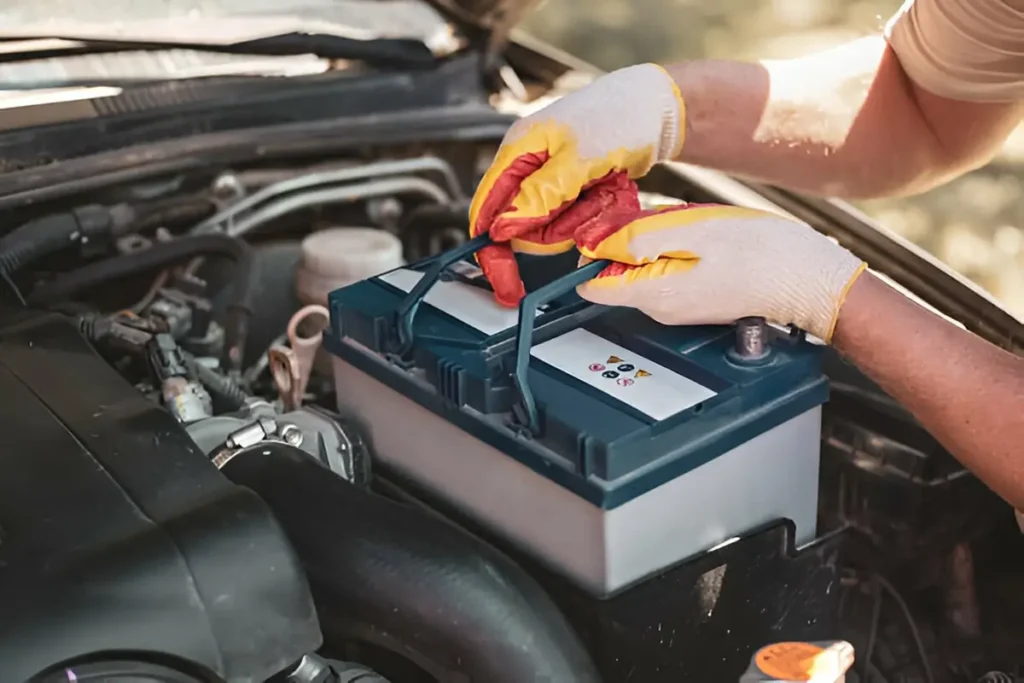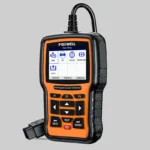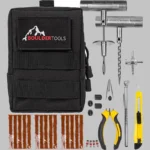We’ve all been there. You turn the key or press the start button, and nothing happens. Is it a dead battery or just a discharged one? Let’s figure it out together so you can get back on the road without unnecessary hassle.
Signs of a Discharged Battery

Slow Engine Crank
Imagine your car struggling like a tired old dog trying to wake up. If the engine cranks slowly when you start your car, it’s a red flag. This sluggish response is often the first hint that your battery might just be low on juice.
Dim Lights and Electrical Issues
If your headlights seem dimmer than a rainy day or your dashboard lights are barely visible, the battery is likely discharged. Electrical components need a certain amount of power to function correctly. A struggling battery can’t provide this, leading to weak lights and other electrical gremlins.
Recent Need for a Jump Start
Needed a jump start recently? If this has happened more than once, it’s not just bad luck. It’s a clue that your battery may be drained but not completely dead. However, if jump starts are becoming a frequent ritual, it’s time to investigate further.
Signs of a Dead Battery

No Response When Turning the Key
Turning the key and hearing nothing but silence is like shouting into the void. If there’s no sound or flicker of lights, your battery may have given up the ghost. This complete lack of response typically signals a dead battery.
Swollen Battery Case
A swollen battery case is a sign that things have gone south. Excessive heat or overcharging can cause the battery to bloat, making it obvious that it’s time for a replacement. Think of it like a balloon ready to pop – not something you want under your hood.
Old Age
Batteries, like all good things, don’t last forever. If yours is hitting the 3-5 year mark, it might be on its last legs. Just like us, batteries age and lose their vitality over time. If your battery is getting on in years, it’s wise to keep an eye on it.
Testing Your Battery
Visual Inspection
Start by visually inspecting the battery. Check for any obvious signs of damage like cracks or leaks. Corrosion around the terminals can also cause problems.
Use a Multimeter
A multimeter is a handy tool to have. Set it to measure DC voltage and connect it to the battery terminals. A healthy battery should read between 12.4 and 12.7 volts when the car is off. If it’s below 12.4 volts, your battery might just be discharged. A much lower reading means it could be dead.
Load Test
For a more thorough check, a load test can be useful. This test evaluates the battery’s ability to maintain voltage under load. It’s best done by a professional, but you can buy load testers if you prefer a DIY approach.
What to Do Next
- If Discharged: Charge the battery. There are many chargers available, from simple trickle chargers to more sophisticated smart chargers. Make sure to identify why it was discharged to avoid future issues.
- If Dead: Replace the battery. When shopping for a new one, make sure it matches your car’s requirements. A quick check in your car’s manual or a chat with a knowledgeable auto parts store employee can help.
Preventative Measures
- Regular Checks: Don’t wait for trouble. Regularly inspect your battery for signs of wear and tear.
- Proper Use: Avoid draining the battery by turning off lights and electronics when the engine isn’t running.
- Routine Maintenance: Clean the terminals and ensure they are tightly connected to prevent power loss.
Now you’re armed with the knowledge to tackle battery issues head-on. Remember, a little proactive care can keep your car running smoothly and save you from unexpected breakdowns. Happy driving!

Matthew Dowell
Matthew, a seasoned builder from a family of craftsmen, leads Tools Trove. His passion for tools and decades of hands-on experience fuel his commitment to providing expert reviews and insightful content. Whether you’re a pro or a DIY enthusiast, Matthew’s guidance ensures informed decisions in the world of tools.




